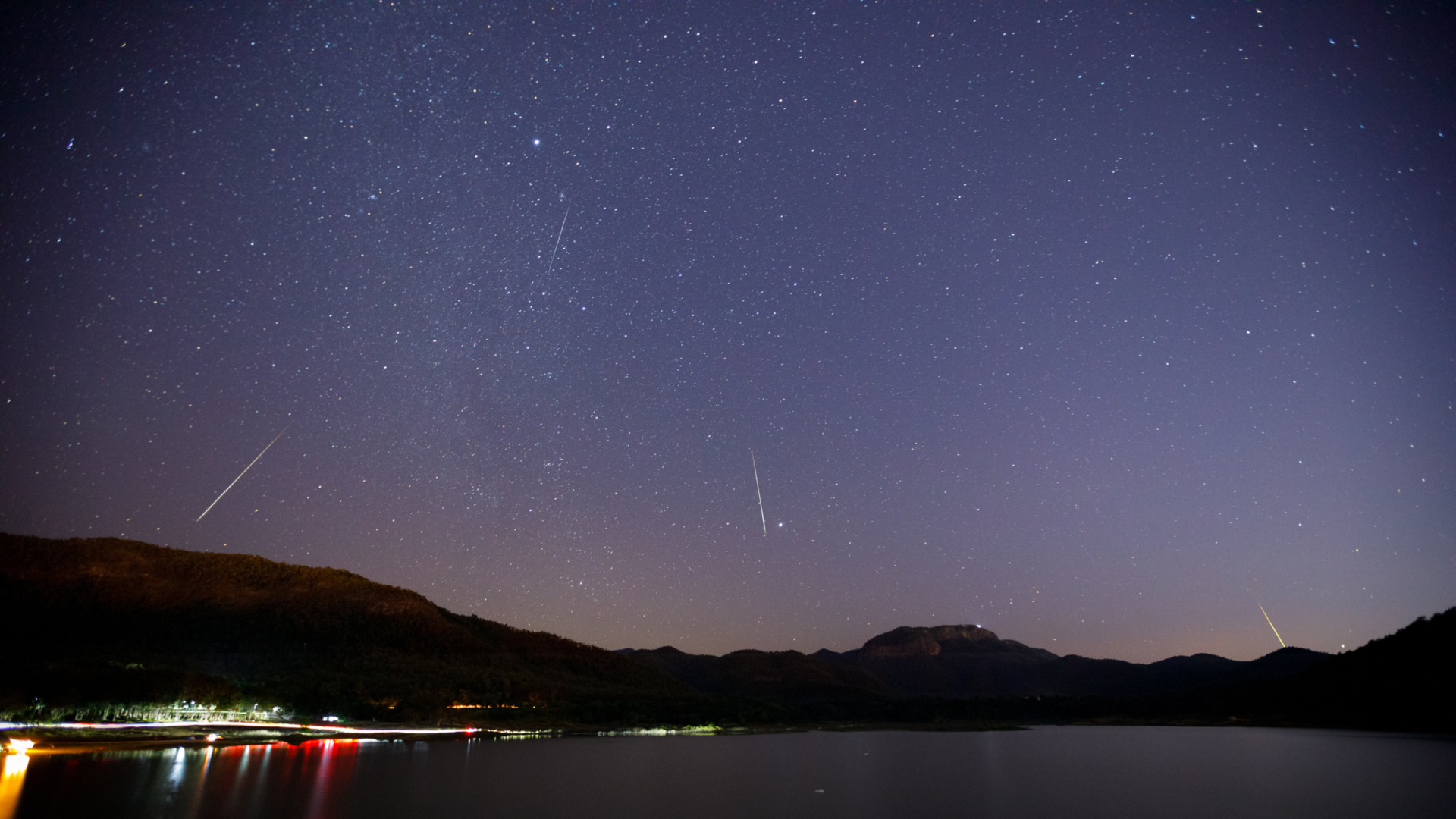New Bush Space Policy Unveiled, Stresses U.S. Freedom of Action
U.S.President George W. Bush has authorized a sweeping new national space policy,green-lighting an overarching national policy that governs the conduct of America's spaceactivities.
Thenew policy supports not only a Moon, Mars and beyond exploration agenda, butalso responds to a post 9/11 world of terrorist actions, such as the need forintelligence-gathering internal and external to the United States.
U.S. assets must beunhindered in carrying out their space duties, the Bush space policy says,stressing that "freedom of action in space is as important to the United States as air power andsea power."
Withoutfanfare, the White House Office of Science and Technology Policy (OSTP) rolledout the National Space Policy on October 6--a document that supersedes aSeptember 1996 version of the directive. President Bush signed off on the newspace policy on August 31.
A10-page unclassified version of the U.S. National Space Policy was postedFriday on the OSTP web site.
Across the solar system
TheWhite House document spells out U.S. space policy goals, including theimplementation of a sustained "innovative human and robotic explorationprogram" geared to extending human presence across the solar system.
Breaking space news, the latest updates on rocket launches, skywatching events and more!
Asa civil space guideline, the policy calls upon NASA to "execute a sustained andaffordable human and robotic program of space exploration and develop, acquire,and use civil space systems to advance fundamental scientific knowledge of ourEarth system, solar system, and universe."
TheBush space policy supports use of space nuclear power systems to "enable orsignificantly enhance space exploration or operational capabilities." Thedocument adds that utilization of nuclear power systems "shall be consistentwith U.S. national and homeland security, and foreign policy interests, and take into account thepotential risks."
Thepolicy highlights an interagency approval process for space launch and in-spaceuse of nuclear power sources.
Risk from orbital debris
Amonga wide range of topics - including commercial space policy and internationalcooperation--the Bush space policy includes an orbital debris section. It labelshuman-made space junk as posing a risk to continued reliable use of space-basedservices and operations, including the safety of space travelers and propertyin space and on Earth.
"The United States shall seek to minimize the creation of orbital debris by government andnon-government operations in space in order to preserve the space environmentfor future generations," the space policy explains.
Inregards to curbing space debris, the document encourages foreign nations andinternational organizations to also take steps toward debris minimization.
Freedom of action
For50 years, the U.S. has led the world in space exploration, developing "a solidcivil, commercial, and national security space foundation," the document notes.
"Spacehas become a place that is increasingly used by a host of nations, consortia,businesses, and entrepreneurs," the space policy states. "In this new century,those who effectively utilize space will enjoy added prosperity and securityand will hold a substantial advantage over those who do not."
Additionally,the Bush space policy is designed to "ensure that space capabilities areavailable in time to further U.S. national security, homeland security, and foreignpolicy objectives." Moreover, a fundamental goal of the policy is to "enableunhindered U.S. operations in andthrough space to defend our interests there."
Thepolicy calls upon the Secretary of Defense to "develop capabilities, plans, andoptions to ensure freedom of action in space, and, if directed, deny suchfreedom of action to adversaries."
Overhead intelligence
Ina section called "Space-related Security Classification," the new space policylists several unclassified facts, such as: The U.S. government conductssatellite photoreconnaissance that includes a near real-time capability, aswell as overhead signals intelligence collection.
Amonga number of tasks, U.S. government photoreconnaissance is used to "image the United States and itsterritories and possessions, consistent with applicable laws, for purposesincluding, but not limited to, homeland security."
TheDirector of National Intelligence is charged by the policy to "provide a robustforeign space intelligence collection and analysis capability that providestimely information and data to support national and homeland security."
Forthe complete White House National Space Policy Document, go to:
http://www.ostp.gov/html/US%20National%20Space%20Policy.pdf
- Think Tank Warns Against Space Weapons Systems
- E-Weapons: Directed Energy Warfare In The 21st Century
- Special Report: Emerging China, Engaging China

Leonard David is an award-winning space journalist who has been reporting on space activities for more than 50 years. Currently writing as Space.com's Space Insider Columnist among his other projects, Leonard has authored numerous books on space exploration, Mars missions and more, with his latest being "Moon Rush: The New Space Race" published in 2019 by National Geographic. He also wrote "Mars: Our Future on the Red Planet" released in 2016 by National Geographic. Leonard has served as a correspondent for SpaceNews, Scientific American and Aerospace America for the AIAA. He has received many awards, including the first Ordway Award for Sustained Excellence in Spaceflight History in 2015 at the AAS Wernher von Braun Memorial Symposium. You can find out Leonard's latest project at his website and on Twitter.
